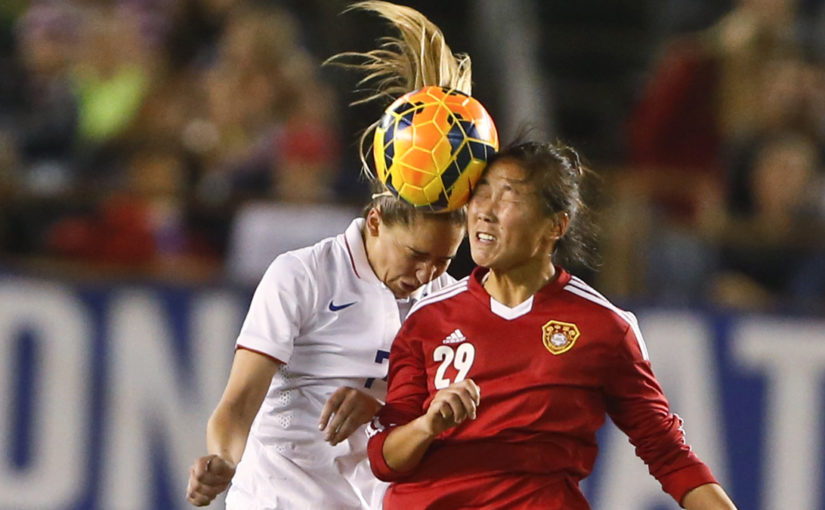Are Concussions Worse for Women Athletes?
As the popularity of women’s professional athletics continues to grow, so too does the spotlight on the athlete’s health and wellness — particularly in terms of concussions and sub-concussive hits.A growing body of data suggests, according to a report from Nature.com, that female athletes are at significantly greater risk of a traumatic brain injury event than male athletes. They also fare worse after a concussion and take longer to recover. As researchers gather more data, the picture becomes steadily more alarming.
Female athletes are speaking out about their own experiences, Nature.com noted, including Sue Lopez, the United Kingdom’s first semi-professional female football player in the 1970s, who now has dementia — a diagnosis she has linked to concussions from heading the ball. Researchers have offered some explanations for the greater risk to women, although the science is at an early stage. Their ideas range from differences in the microstructure of the brain to the influence of hormones, coaching regimes, players’ level of experience, and the management of injuries.
Researchers have offered some explanations for the greater risk to women, although the science is at an early stage. Their ideas range from differences in the microstructure of the brain to the influence of hormones, coaching regimes, players’ level of experience, and the management of injuries.
Below is an excerpt from the article on Nature.com.
Studies from US collegiate sports have shown that female athletes are 1.9 times more likely to develop a sports-related concussion than are their male contemporaries in comparable sports. Those female students also missed many more study days as they recovered. Neuropathologist Willie Stewart at the University of Glasgow, UK, co-authored a study published earlier this year of more than 80,000 secondary-school soccer players in the United States, with similar results.
The damage that causes concussion can be quite subtle. The brain can’t move that much in the skull. The gelatinous grey matter undergoes significant shear forces when the head stops suddenly, pushing and pulling the brain tissue in a way that can cause structural damage. And those forces can affect the brains of men and women in profoundly different ways. Doug Smith at the University of Pennsylvania’s Penn Center for Brain Injury and Repair in Philadelphia uncovered evidence that could be crucial for explaining some of the different outcomes seen in women versus men: their brain cells are structurally different.
» ALSO SEE: Study — Youth Football Team Saw Reduction in Head Impact Injuries
Every neuron has a major fiber called the axon, which is responsible for transmitting electrical signals from cell to cell. Damage to axons, through strong shear forces, is thought to be the main reason that concussions occur. “Your brain literally can break,” says Smith, holding up some silly putty during a video call to demonstrate. When stretched gently, the silly putty deforms and then relaxes back into shape. When yanked violently, it snaps.







